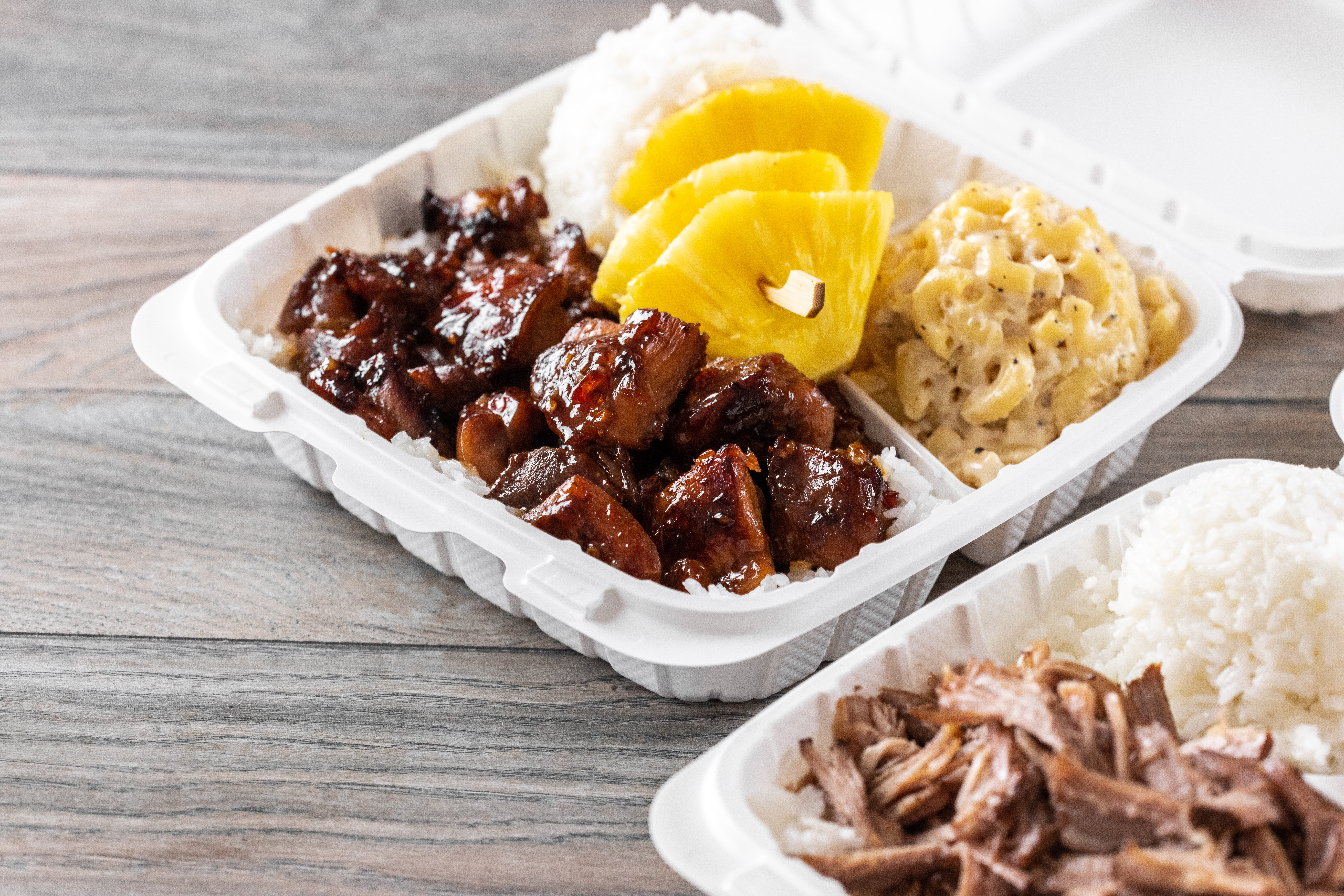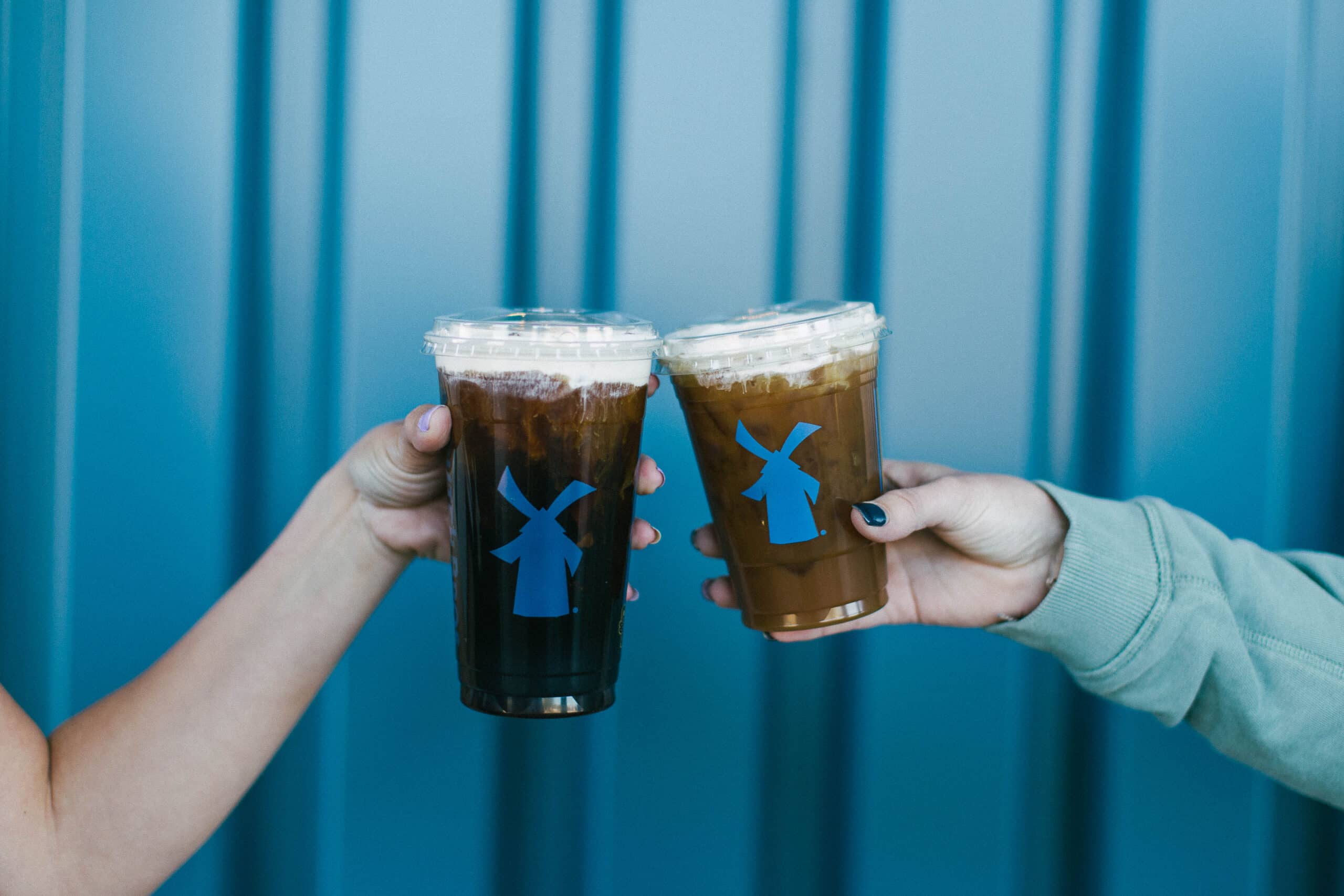In November, Dutch Bros Coffee CFO Charlie Jemley called labor and commodity inflation “very mild and tempered.” CEO Joth Ricci even described the company as “boring” because there wasn’t too much to report.
But if there’s one thing that’s remained consistent throughout the pandemic, it’s unpredictability of the market. And in Q1, Dutch Bros felt its most significant shift since becoming a public company.
Because of margin pressure, adjusted EBITDA was lower than expected at $9.7 million in the first quarter, down from $18.7 million last year.
The unfavorable results were fueled by four main factors—the coffee chain’s conservative pricing, which it believes is less than half of its peer set; faster inflation, particularly dairy and labor; a pull forward of deferred expenses related to shop maintenance; and new store inefficiency, amplified by the number of locations opened in a short window.
“Everything we do inside the company is focused on making the business better and stronger three, five, and 10 years from today,” Ricci said during the brand’s Q1 earnings call. “Unfortunately, in this past quarter, a confluence of cost pressures overwhelmed our decisions around price and resulted in near-term margin compression. We anticipated higher expenditures. However, we did not perceive the speed and magnitude of cost escalation within the quarter.”
On an individual basis, these factors wouldn’t have caused distress; the trouble came because they all happened at once, Jemley explained.
In Q1, Dutch Bros experienced 480 basis points of pressure from higher ingredient costs. Dairy increased by almost 25 percent toward the end of the quarter to near historic highs, and now represents 28 percent of the company’s ingredients cost basket. The brand doesn’t believe dairy will remain this elevated indefinitely, but it is assuming inflated costs for most of 2022.
Additionally, labor caused 240 basis points of cost pressure, driven by higher training costs, more overtime to keep stores open, and minimum wage regulations in California, Arizona, and Washington.
There is good news on this front, however. Although Dutch Bros saw disruption in staffing during the first few weeks of January, stores remained fully staffed and didn’t experience any operational issues in February and March. For the entire quarter, labor constraints impacted just 0.75 percent of company-operated shop days.
Trailing 12-month shop level turnover in Q1 was 66 percent. That’s up from Q4, but still well below the industry average. Shop level manager turnover was in the low double digits and regional operator turnover was labeled “nonexistent” by Ricci. For comparison, Chipotle’s turnover rates for 2021 were 194 percent for hourly workers, 43 percent for salaried employees, and 21 percent for field managers.
“We attribute our comparatively low turnover metrics through our unique people-first culture, significant career development opportunities, and the benefits and incentives we provide to our employees,” Ricci said.

Moving back to inflationary costs, in November, Dutch Bros took 2.9 percent pricing, its first hike since COVID began. The company opts for smaller, infrequent price increases to build loyal and long-lasting relationships with customers, Jemley said. In April, the brand raised prices by 3 percent, which should roll out to the entire system by the end of May.
If elevated labor and commodity costs persist, Dutch Bros will “assess further pricing actions and productivity measures through the balance of this year to protect shop profitability long-term,” Jemley said.
“We do test markets,” the CFO said. “But the good news about our business is we have such a fast purchase cycle that we get a quick read in any test market when we do something. Yes, we are concerned. That’s why we’re very prudent about not raising our prices fast.”
“We’re going to make this next step and watch it and read it,” he continued. “But again, we’ll get a pretty quick read because we have a fast purchase cycle. And then we’ll judge how that’s landing, and we’ll assess what to do next.”
Pull-forward maintenance spending led to 150 basis points of cost pressure, but the company isn’t changing its full-year projections when it comes to this expense category. Dutch Bros expects maintenance to fall back to its original budgeted spend by the end of the fiscal year.
READ MORE: Dutch Bros Navigates Omicron with Record Development
Dutch Bros also experienced declines because of how fast it’s growing. The chain opened 34 units in Q1 versus nine last year—the second-most ever—and January represented the first month of operation for 20 stores that opened in December. Preopening costs were $6 million compared to $1.7 million in the year-ago period, driven by 11 shops debuting in new markets, which comes with higher spend.
The brand also felt 100 basis points of impact from new shop inefficiencies that will taper off as locations become more productive.
“Our growth objectives will remain in place despite the challenges we face in the middle P&L,” Jemley said. “Regarding new shop profitability, new shops take a few quarters to reach the margin productivity levels of our mature shops. In this regard, we remain on track.”
Same-store sales grew 6 percent in Q1 and 11.1 percent against 2019, fueled by lifts in traffic and average check. Sales were stronger in the first half of the quarter, but fell in mid-March due to rising gas prices, discontinuation of stimulus checks, and sales transfer from several new units opening in existing markets.
April comps dropped 3.7 percent as the chain lapped a 22.6 percent increase in 2021, the brand’s largest rollover of the year. Through mid-May, same-store sales are roughly flat to slightly negative.
Because of various headwinds and Dutch Bros’ conservative pricing strategy, the company reduced its same-store sales guidance from mid-single digits to flat and cut adjusted EBITDA projections from $115 million to $120 million to at least $90 million.
But the chain isn’t decreasing its development schedule—the opposite actually. Dutch Bros plans to open at least 130 stores this year, up from at least 125. There’s reason for this; stores opened in 2020 and 2021 produced $2.1 million in AUV in Q1, 10 percent higher than the system average.
“I think we would have to see that new store volumes really have gone backwards, and they haven’t it,” said Jemley, when asked what would cause Dutch Bros to curb development. “And we’re just not seeing that, strong openings. And as long as we see that, it gives us confidence to keep going.”
Dutch Bros finished the first quarter with 572 shops, including 310 company-operated and 262 franchises. Year-over-year, that’s a net gain of 119 locations.







